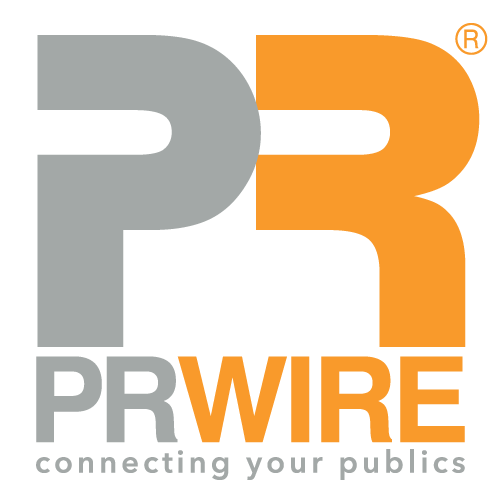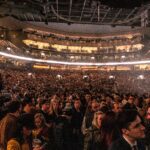According to Hubspot, every month, around 2.5 billion worldwide active users are on Facebook, 1 billion on Instagram, and 330 million on Twitter.
Advertisers realised that unlike traditional media, digital platforms (Social and Online) have a wider, ever present reach to consumers.
TV news, for instance is ‘periodic’ – in that, one needs to wait for the TV news bulletin to air. Newspapers are printed overnight and one needs to wait for paper till next morning.
There are no such bottlenecks in digital media. Users do not need to wait endlessly for news or entertainment or any of their info requirements to be met- they have the capacity to summon info that they want ‘on demand’.
Such instant availability of content –not only self-published but even from media houses- could be a driver in the exponential growth of global digital user base. For instance, the worldwide Facebook user population grew steadily –The 2.4 Billion users (in 2019) grew to 2.7 Billion in 2020 and jumped to 2.9 Billion in 2021.
This is a trend that is welcomed by digital and online advertisers.
“The global ad market will continue its recovery from the 2020 downturn with 9.1% growth in 2022. After all, for the first time in 2022, Advertising across all digital channels will exceed 60% of global adspend, reaching 61.5% of total expenditure. Zenith estimates that global digital advertising will expand 25% year-on-year in 2021..”- www.zenithmedia.com-
Before delving further in to this, it is important to understand about the ‘force’ that drives this growth. The Pandemic has boosted online and e-commerce significantly. Still, there is a bigger force that drives this growth. This “force” is a combination of no less than two generations and one micro generation.
The Millennials, or Gen Y, were born between 1981 and 1996. Then came Gen-Z, born between 1997 and 2012. The transition period of Gen Y to Gen Z created a less known microgeneration- Zillennials.
“Sometimes labeled with the moniker “Zillennials”, those wedged at the tail end of Millennials and the start of Gen Z are sometimes labeled with this moniker — a group made up of people born between 1994 and the year 2000..”- www.kasasa.com
The rise of the millennial, Gen Z and Zillennial consumers has been a key factor in the growth of online media as well as digital ads. Forbes estimates that only 1% of the millennials reported that advertising encouraged them to be loyal to a brand- signaling a death knell to traditional advertising within this demographic. Before making a purchase decision “33% of millennials consult blogs”, checking the opinions of their peers on social media. 62% said that it is social media through which they wished to engage with brands.
Zillennial consumers relate to both Millennial and Zillennial generations “equally well.” They value experience over status and authenticity. As part of their value placement on experience, they also are concerned of how the products are sourced and if environment friendly processes were adopted while manufacturing the product, that they are now ordering online!
Gen Z is the first generation of true Digital Natives. Almost all in the Gen Z (born 1997 -2012) own a smartphone-98% of them! This generation goes for personalized shopping experience through social media unlike millennials who make purchases through e-commerce. Instagram, TikTok and Pinterest are their key ‘online visits’. Among the well-known hashtags of this generation are #tiktokmademebuyit and #amazonfinds. More than one third follow a brand they like. According to Forbes, 97% of Gen Z consumers now use social media as their top source of shopping inspiration; 65% use social media to find entertaining content; and 61% interested in watching more video content.
How does this work for online and soc-media ad firms and marketers?



